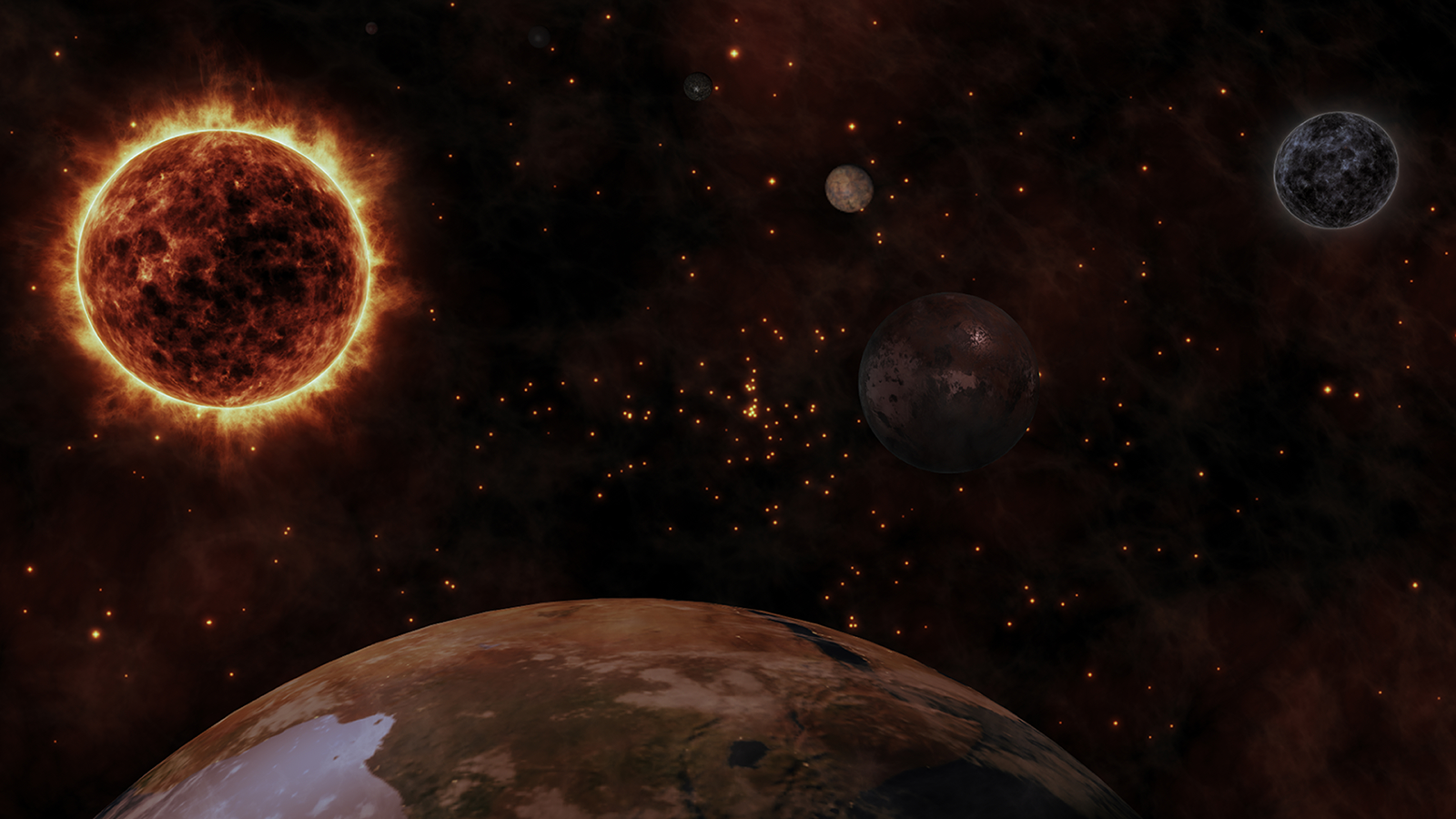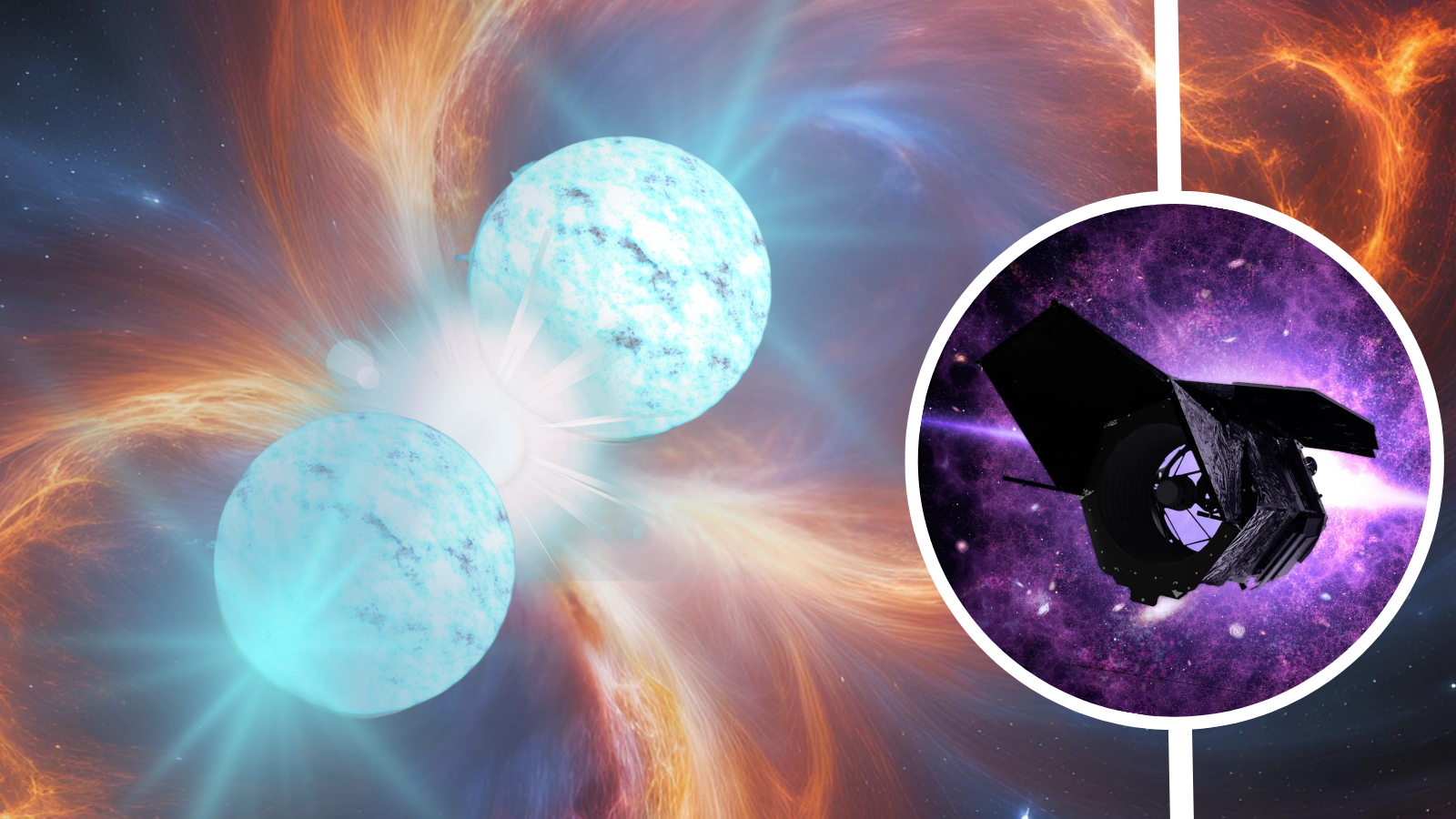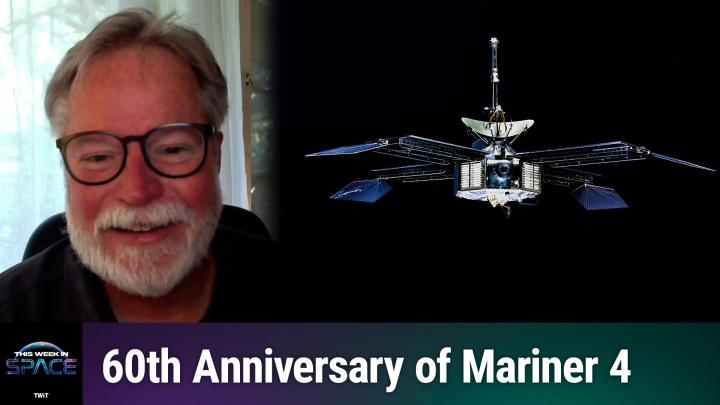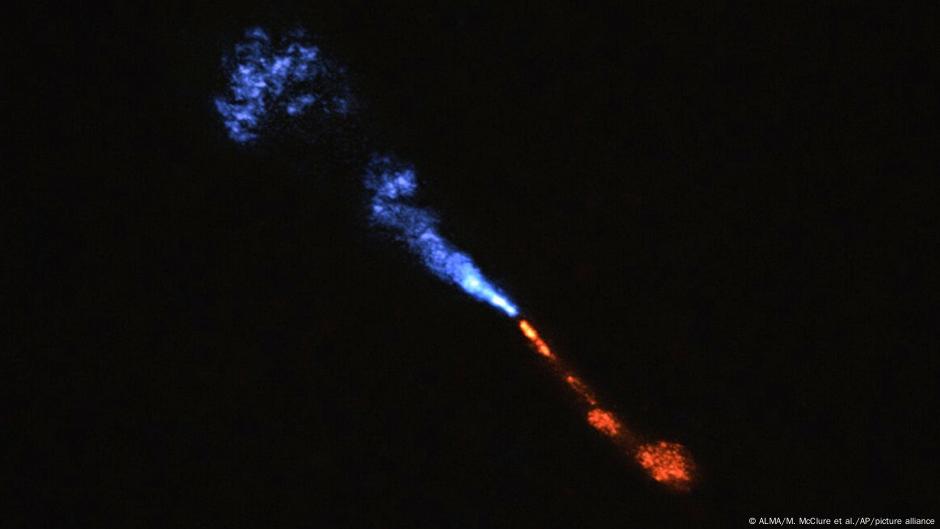Our solar system has been around for 4.6 billion years. While that sounds like a long time, it’s just a blip in the 13.8 billion-year story of the universe. And one day, the solar system will cease to exist. But when will the solar system end? And how will it die out? The answers to those questions depend on how …
Read More »Science
NASA’s Roman Space Telescope could discover 100,000 new cosmic explosions: ‘We’re definitely expecting the unexpected’
It’s little wonder that astronomers are excited for the launch of NASA’s next big space telescope project, the Nancy Grace Roman Telescope. Recent research has suggested that Roman, currently set to launch no later than May 2027, will discover as many as 100,000 powerful cosmic explosions as it conducts the High-Latitude Time-Domain Survey observation program. These powerful and violent events …
Read More »Humans and Neanderthals are far more connected than once thought
The discovery of ancient human cousins has long stirred wonder and debate. Early Neanderthal remains offered a glimpse into our distant past, prompting questions about how they lived and whether they mingled—or clashed—with early humans. The plot thickened with the later discovery of Denisovans, another mysterious branch of the human family tree. Each new finding deepened the mystery of who …
Read More »Astronomers Detect Entirely New Type of Plasma Wave Above Jupiter’s North Pole
Since entering Jupiter’s orbit in 2016, NASA’s Juno spacecraft has been hard at work unveiling the many mysteries of our solar system’s largest planet. And its latest discovery may be one of the most intriguing yet: an entirely new type of plasma wave near Jupiter’s poles. In a paper published Wednesday in Physical Review Letters, astronomers describe an unusual pattern …
Read More »Scientists Find Sperm Cells Breaking One of Physics’ Most Famous Laws — Newton’s Law
Human sperm have long been a subject of fascination—not just for their role in fertilization, but for their remarkable ability to navigate through some of the most viscous environments in the body. But a recent study published in PRX Life has raised a surprising question: do sperm really follow the laws of physics? The answer, it turns out, is more …
Read More »Trippy liquid ‘fireworks’ appear when scientists try to mix unmixable fluids
These mysterious “fireworks” aren’t lighting up the night sky — they’re computer simulations from a recent paper on mixing fluids that don’t want to mix. Researchers mapped out how two immiscible fluids (two fluids that do not mix, like oil and water) with different viscosities can create “fingers” when they interact. They created different patterns by alternately injecting the fluids …
Read More »A ‘phenomenal’ way for older adults to get exercise – San Francisco Chronicle
A ‘phenomenal’ way for older adults to get exercise San Francisco Chronicle Source link
Read More »This Week In Space podcast: Episode 169 — The Day Mars Died
The Day Mars Died – 60th Anniversary of Mariner 4 – YouTube Watch On On Episode 169 of This Week In Space, Rod Pyle and Tariq Malik are joined by Rob Manning, JPL’s Chief Engineer Emeritus, to look back at the Mariner 4 Mars mission 60 years later. Six decades ago this week, the Mariner 4 probe sped past Mars, …
Read More »Scientists Unveil a New Panda-Like Sea Creature in Japan: Meet Clavelina Ossipandae
In a recent study, divers near Kumejima Island in Japan discovered an unusual sea creature with a distinctive panda-like appearance. These creatures, part of the Clavelina genus, were first thought to be part of an aquarium display, only to surprise researchers by being a completely new species. The discovery has drawn attention from marine biologists and citizen scientists alike, as …
Read More »Astronomers capture dawn of new solar system for 1st time – DW – 07/20/2025
Astronomers have spotted the earliest known signs of rocky planet formation around a young, sun-like star for the first time. The discovery offers an unprecedented glimpse into what may have happened at the dawn of our own solar system. What did the researchers see? Using NASA’s James Webb Space Telescope and the European Southern Observatory’s ALMA array in Chile, researchers …
Read More »







